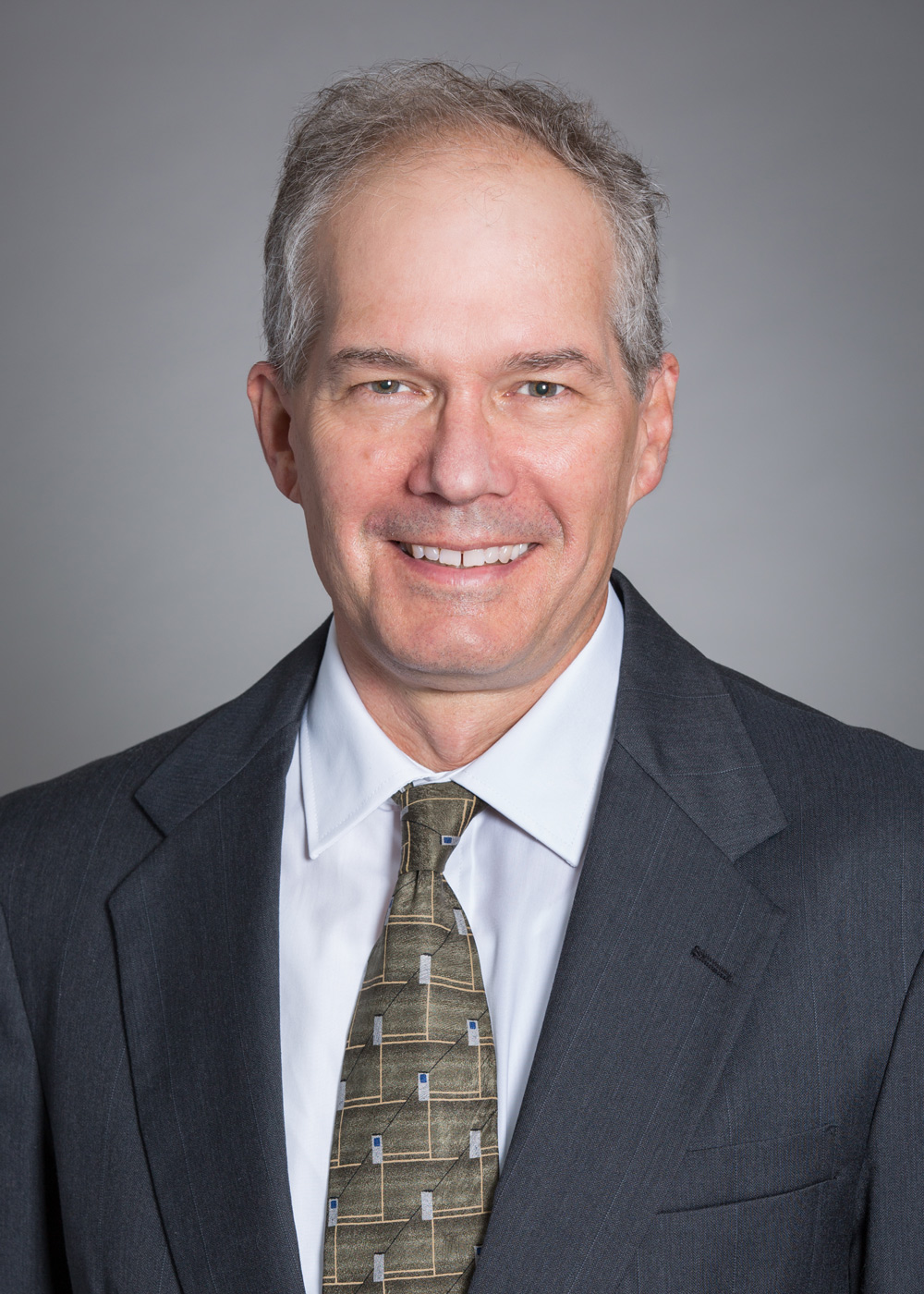A Conversation With the College Dean
Paul Sniegowski, Stephen A. Levin Family Dean of the College and Professor of Biology, discusses adapting during a challenging time.

When the University announced on March 10 that the rest of the semester would be completed online, the College of Arts & Sciences immediately turned to the mammoth task of reconfiguring the teaching of nearly 2,500 undergraduate classes across the humanities, natural sciences, and social sciences. Paul Sniegowski, Stephen A. Levin Family Dean of the College and Professor of Biology, spoke with OMNIA about this transition, and how remote teaching and learning is uniting the Penn Arts & Sciences community even as we’re apart.
What was it like as the College worked to find a way to finish out the semester?
Everyone has been challenged. Instructors had to redo how they teach, students had to redo how they study and learn. We had to think of new policies midstream for teaching and academic matters. It’s been a huge transition.
All of us have been dealing with uncertainty—how will this work? How long will it last? How can we make things better for students, instructors, and staff? But there was something inspiring about how quickly we were able to make the turnaround.
What is setting in now is the realization that this thing is a marathon and we are just in the first few miles. Everyone needs to take a deep breath, try not to burn out early, and find ways to stay sane, healthy, and relatively happy.
How did faculty meet the challenge of converting their courses from in-person to online, and what were their concerns?
Faculty have done a terrific job. We’ve been meeting almost weekly with our undergraduate chairs, and I can see their deep dedication to maintaining the academic enterprise.
To ensure that students have equitable access to classes, we have emphasized the importance of asynchronous teaching—so regardless of time zone or connectivity problems, students have access. But it’s been astounding how much real-time interaction is taking place. In some of our small seminar classes, instructors have been able to confirm their students have connectivity and can be there for the live class, and we’ve heard from students and professors that those classes have maintained high quality interaction and discussion. This is a credit to the flexibility of both students and instructors, in learning to use the medium. All around it’s been a pleasant surprise to see how well the technology has performed.
Another thing that has come through is faculty concern for the students—things like whether people have a home environment conducive to study, or good internet access. Marisa Kozlowski, in chemistry, is teaching a class with over 200 students, and she got in touch with every one of them to find out how they were doing and what they needed to make the situation work for them. Students have spontaneously expressed to me their great appreciation for the efforts faculty have put in.
Now that there has been some time to adapt to the new class environment, what are you hearing from students?
Students have been very forthcoming in letting us know about situations where things are not going well—and we work directly with programs and faculty to address those situations.
Our advisors are connected to the network of providers on campus who can help out—offices like Student Financial Services, Penn First Plus, offices in the Vice Provost for University Life. While it may not work perfectly every time, all of these offices are working super hard at helping to resolve problems, and in tracking down cases where students are having difficulties.
One student told me that he didn’t realize how hard it would be to watch lectures at home. A number of students said, we really miss interaction with professors and interaction with each other in the classroom. But, in general, the feedback has been very positive.
What aspects of this experience have made a big impression on you?
The main thing is the swiftness with which staff, faculty, and students came together to respond. People who normally have lived in well-grooved routines adapted quickly to the new circumstances. We’ve also been hearing directly from a number of faculty and students about their concerns over important issues like the way in which pass/fail grading has been implemented. It is not surprising that it’s impossible to meet everyone’s concerns in an extraordinary moment like this. But as an administrator I’m extremely grateful to everyone who brings their concerns to us—and I know I speak for all my colleagues in the Dean’s Office on that point. Their input has been a vital part of a challenging process.
Any lessons or takeaways from the experience? Do you think anything may be different once campus life returns to normal?
I talked about this with one of the College’s student advisory groups, and they confirmed something I sense from faculty too. There’s something we were all taking for granted before this happened—the wonderful living-learning community that we normally have, and the ways in which instructors and students connect so meaningfully here outside the formalities of courses, grading, and so on. When we all get back on campus, we will be showing each other how much we appreciate each other, this community, and what it’s like when we are all here together.




